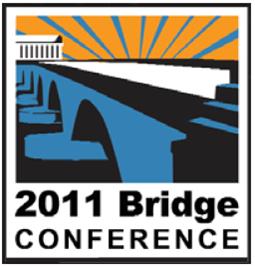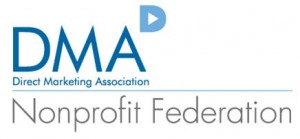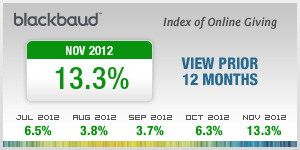
A lot of factors go into year end fundraising success: targeting, message, strategy, the economy, and current events, to name a few. These are big, important, perhaps even daunting, components of how well, or not, your year end campaigns turn out.
But another predictor of success in year end fundraising – and one of the most significant ones – is a rather practical matter, and completely within your control: when you start working on your year end campaigns.
“I’ll get to it right after Labor Day” is, frankly, not a plan; it’s a liability. That’s because not allowing sufficient time for quality analytics, creative and targeting can spell underperformance not only for your year end campaigns, but for your entire annual program too.
As a rule of thumb, allow at least three months for campaign development (although development time can be much longer for large-scale campaigns). For a year end campaign launching November 15th, here are seven things you should put on your immediate “to do” list to ensure that your carefully crafted campaign receives the attention and response your organization deserves.
1. Organize and analyze essential data. Roll up your sleeves and look at your data every which way to plan your year end strategies. For starters, what are the giving trends among your prospects, members and donors, by significant types and segments? What does this suggest in terms of year end fundraising strategies and message differentiation? Also, what does your body of testing data point to for year end strategies, and what new tests do you need to conduct? Take a closer look, too, at what factors have contributed to your year end fundraising successes in the past. How can you replicate them this year? Start mining critical data now in order to shape meaningful year end strategies.
2. Collect information and ideas from all departments. Gather key development, membership, program and communications staff to review organizational priorities and program happenings, and brew ideas for fundraising and constituency-building. Whether that means a meeting of ten people, or two, it’s important to develop campaign ideas collaboratively, across departments.
3. Determine how much you need to raise. You already have specific goals for your year end efforts in your campaign plan, but if your overall program isn’t performing according to plan, you may need to modify your year end goals. Is your program performing above or below goal? Do you need to make up a shortfall, or build on success? Get a solid handle on where you stand relative to your annual goal, and shape your strategies accordingly.
4. Define your target audiences and approaches. What audiences do you wish to reach in your year end campaigns and how should you differentiate your approaches in terms of media and messaging? You may, for instance, communicate one way with low dollar members, another way with high dollar contributors, and an entirely different way with prospective donors.
5. Book your vendors. For agencies, copywriters, designers, mail houses, telemarketing firms and other service providers specializing in fundraising, the fall is like tax season for accountants. Everyone gets incredibly busy. Some don’t even take new clients after Labor Day. Avoid coming up shorthanded in your year end campaigns and book your key vendors early.
6. Develop a contingency plan. If, like most organizations, your year end fundraising revenue makes up a significant portion of your annual goal, you should have a backup plan of action in the event your year end campaigns don’t perform according to plan. This is another reason to start early on your campaigns. For instance, if you don’t launch your year end campaign until the second week in December because you fell behind schedule, then if your campaign is anything less than you expected, you have no time to address it before the end of the year.
7. Read up and reflect. Take time to think about what’s going on in the world – from serious news to pop culture – and think about what may be on your donors’ minds. Unemployment is 9.6%. The Dow fell below 10,000 again this summer. BP spewed oil into the Gulf for 87 days. And a flight attendant stormed off the job earlier this week and Americans mentally high fived him. Think about the significant threads of culture and current events shaping your donors’ perspectives, and how you might shape your year end campaigns accordingly.
So get started today and you’ll be in great shape for your year end campaigns. One last Bonus Tip: to really drive home the three-month lead time rule of thumb for your campaigns, keep a “Donor Time” Calendar set three months ahead within daily view of your workspace. Your Donor Time Calendar will serve as a daily reminder of what campaigns you should be developing today, to reach your donors three months from now.
How are you planning for your year end fundraising success today? We want to know! Post your tips and ideas here.














